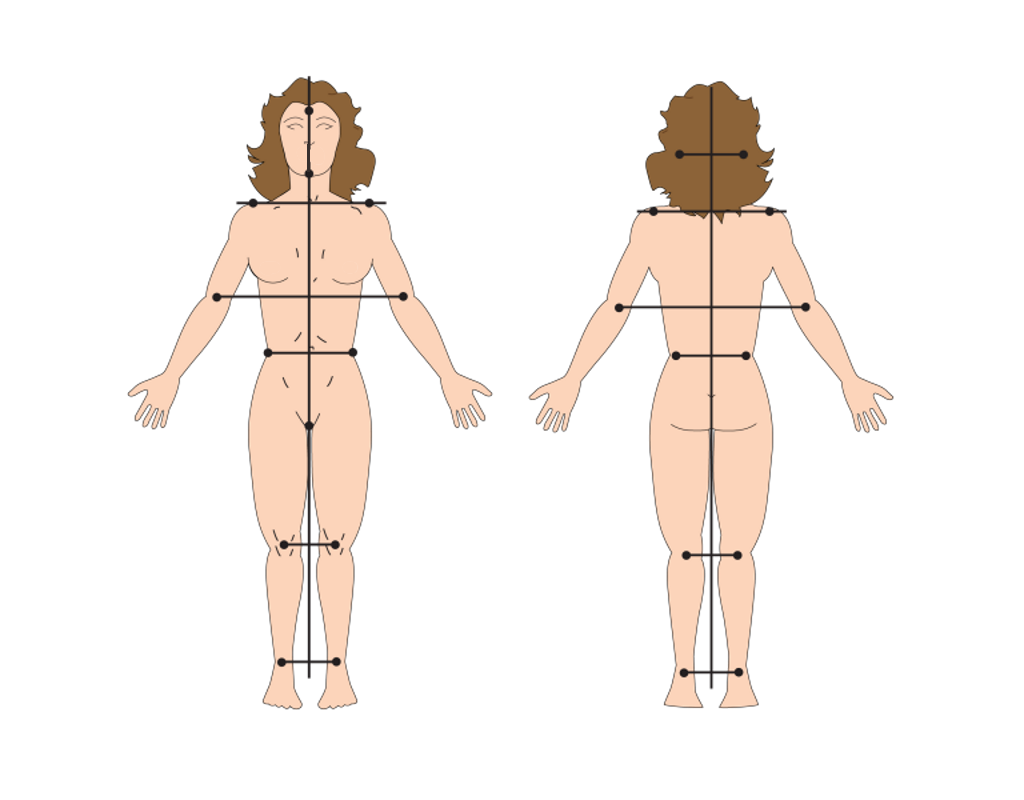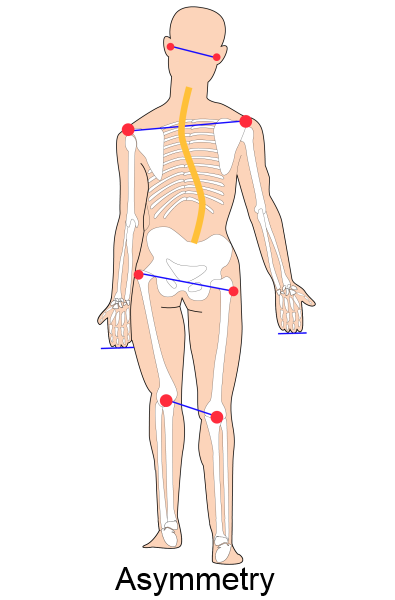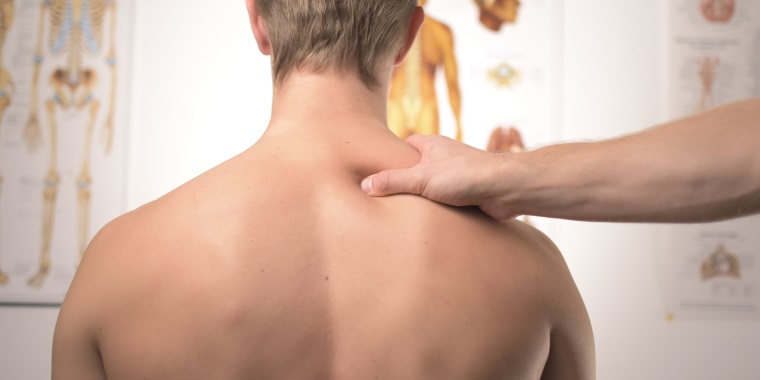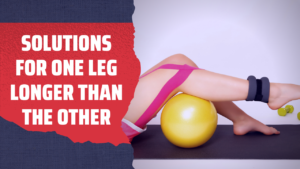Recently I’ve been getting a lot of questions from my posture pupils. Often the questions overlap. It occurred to me, that I could share your frequently asked questions, so that our entire community of students benefit.
FAQ
Hi Paula, I appreciate you asking me what I’m struggling with atm. Currently – pain in my right hand side of my back, neck, shoulder – right down from the insertion in the hip all the way to the eye-socket! The more connected I am with my body – the more movement and dance I do – the more pain. Which is not exactly encouraging. It’s quite excruciating. Your email came at a great time – just when I was asking myself “What do I do to get this better now? Can I correct this now for good?” I’m seeing an osteo but fear it’s going to take ages and lots of money. He says I have a slight curve from left to right causing this. His treatment gave relief for less than a week. I’ve had this pain on and off since I was a teenager. I want to experience ease and balance in my posture and back SO much! Yours in anticipation & thanks,
Diana
Dear Diana (and all of you reading this),
Free Posture Crash Course!
Discover the crazy, simple 3-step formula that will teach you how to improve your posture and flexibility like a pro. You will learn how to hardwire the habit of good posture, reduce forward head and the secret way to stop slouching. It's 100% free!
I want to address two very important points you make:
- Can I correct this now for good?
- Treatment gave relief for less than a week.
I too want you to experience ease and balance Diana and I know our community of posture enthusiasts, want the same.
Let me begin with the second concern – that treatment only lasts a week. Having been a practicing Chiropractor, I am very familiar with this frustration. I was also a patient – before becoming a practitioner – and I too, used to have the same dilemma with my own manual treatment.
What I know from experience as a practitioner, is that there are roughly 10% of people that do not seem to get better from manual treatment and that no matter what they have tried or where they have been, the symptoms and poor posture seem to always return.
Why does this happen?
Structural Problems
If you have been everywhere and tried everything with little or no change, there’s a strong chance you’ve been given only functional exercises to address your difficulties.
Functional rehabilitation exercises do improve your general range of movement (you couldn’t turn your head very far, and now you can), your strength, balance and flexibility. These elements are very important, but they aren’t the whole story.
Your posture is dictated by your muscles, your bones (primarily the spine and pelvis), and the interactions between them. Though functional exercises are beneficial, they mainly affect the muscles – so they may miss the underlying cause of your bad posture: mis-alignments and unhealthy curves in your spine.
Further, when spinal issues are throwing posture out of balance, functional exercises can make strong muscles stronger and weak muscles weaker, and so the imbalances remain unresolved.

Functional (generic) exercises work really well for someone like this, whose body has good symmetry. If, however, you give the same functional exercises to someone with asymmetry (like the image below), you make strong muscles stronger and weak muscles weaker, perpetuating the unbalanced posture. Not good!

Doing functional exercises with asymmetrical posture will frustrate you, as you will experience a lack of improvement. Asymmetrical posture is usually the result of structural problems that generic functional exercises and healthcare practitioners often fail to address.
If you suspect you may have a structural posture issue, you’d likely benefit from a head-to-toe Posture Analysis and a program of correction that teaches you structural posture exercises, tailored to your specific posture needs.
Finally Diana, can you correct this for good? How much improvement we make with our body alignment is largely determined by:
- Our lifestyle – review this video to understand the 4 factors affecting how long it will take to correct our posture.
- Our willingness to create a daily habit until our good posture becomes neurologically wired into the brain (Review the Neurology of Habits).
- Receiving a structural diagnosis, to determine whether or not we are in the 10% of people who have structural asymmetry and may require a tailored program of correction (Resources: What is a Posture Analysis?)
Don’t Give Up
We have all done this; it is called being human. The worst part of it isn’t that we give up, it’s that we didn’t re- commit to whatever it was we had committed to in the first place; in this case, correcting our posture.
It isn’t easy to stay committed to something when you don’t see immediate results. I know – it took me quite some time (20+ years and I still Posturecise daily) to start seeing real results.
But then again, I am a total posture geek; I don’t expect or advise you to be quite as obsessed!





5 thoughts on “Manual Therapy: Why Isn’t It Working? | Posture Doctor”
Hi, Paula,
Where & how can I find resources for a Posture Analysis? When I click on the link above, I receive a 404 error message.
Thanks!
Hi Susan,
Thank you for spotting the broken link. All fixed now. Here it is again for you:http://www.posturevideos.com/product/posture-analysis-exercise-program/ This program is currently on sale.
Your posture doc,
Paula
This article is a keeper! I will be sharing this with my physical therapy clients, the ones who need to understand the commitment and the time for change to take place so they can stick with it!
Thank you
Terrie
Hi Terrie,
Wonderful! Thank you for sharing the knowledge. Glad to have another healthcare professional on board 🙂
Your posture doc,
Paula
Thanks